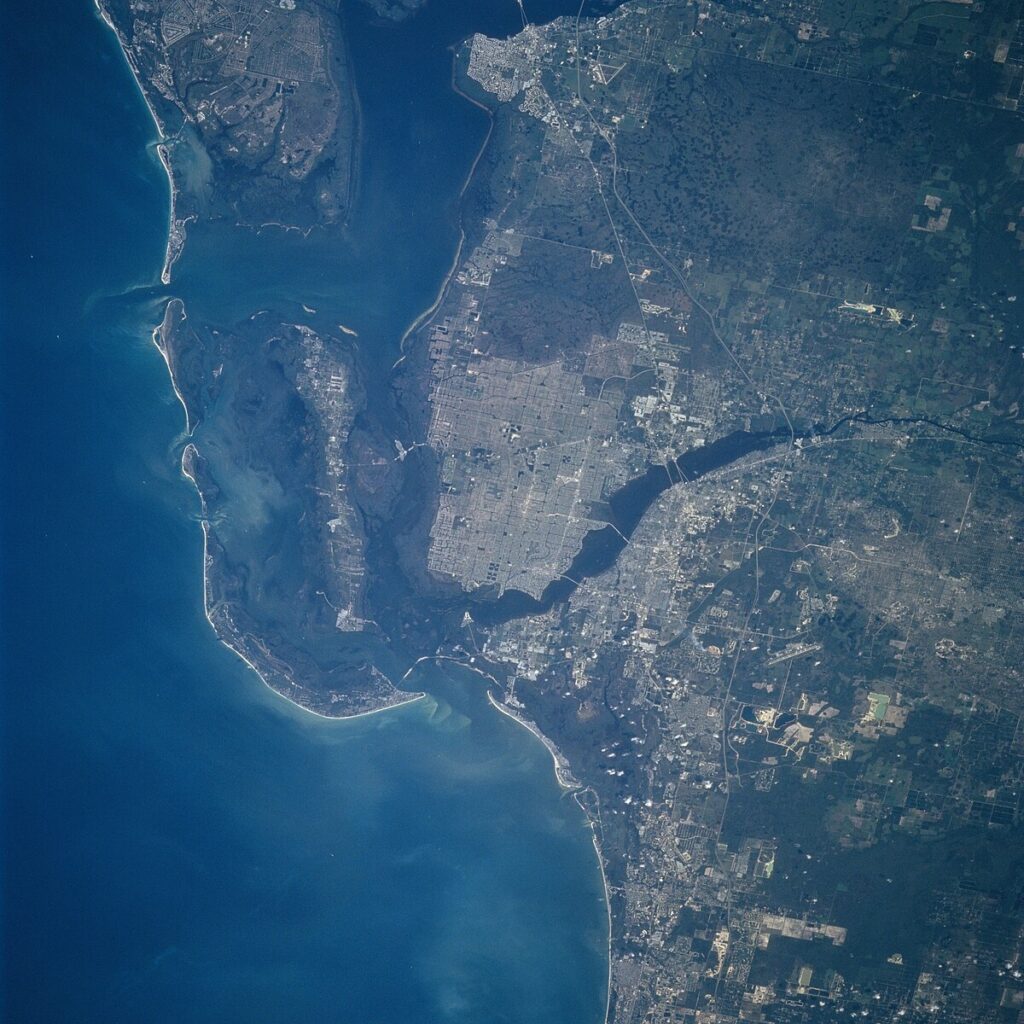
Moving to Cape Coral, Florida: A Comprehensive Relocation Guide
Considering moving to Cape Coral, Florida? This master-planned city in Southwest Florida boasts more than 400 miles of canals, waterfront living, and rapid growth. With a population approaching 205,000 in 2025, Cape Coral has become one of Florida’s largest cities and a premier destination for families, retirees, and boating enthusiasts.
Demographic Profile to Consider If Moving to Cape Coral:
Cape Coral’s 2025 population stands at approximately 205,000, making it Florida’s eighth-largest city by population. Located in Lee County across the Caloosahatchee River from Fort Myers, the city spans over 120 square miles with an extensive network of navigable waterways. The median age is around 47 years, reflecting strong appeal to retirees and families. The population is approximately 70% White, 24% Hispanic, and includes diverse international residents. Cape Coral’s layout features numerous waterfront properties, with many homes offering direct Gulf access via canals. The city continues developing western areas, with newer construction attracting young families and professionals seeking Southwest Florida’s lifestyle. Find trusted local services for moving, living, and working in Cape Coral.Cape Coral Relocation Directory
Cost of Living to Consider If Moving to Cape Coral:
Cape Coral offers relatively affordable housing for a waterfront Florida community. Median home values range from $350,000 to $400,000 in 2025, with gulf-access waterfront properties commanding premiums. Non-waterfront homes provide entry points for first-time buyers and those prioritizing affordability. The median household income is approximately $67,000. Rental costs average around $1,800 monthly. Florida’s absence of state income tax helps offset housing costs, though property insurance in coastal Southwest Florida requires careful budgeting. The city’s cost of living remains competitive compared to other major Florida markets, particularly for waterfront access. Cape Coral continues attracting buyers seeking value in Florida’s Gulf Coast region.
Economy and Job Market:
Cape Coral’s economy centers on construction, healthcare, retail, and tourism. Major employers include Lee Health hospital system, Lee County School District, Publix Supermarkets, and various retail centers. The construction sector remains robust as the city’s western areas continue developing. Many residents commute to Fort Myers for employment in professional services, healthcare, and regional corporate offices. The Cape Coral-Fort Myers metropolitan area benefits from Southwest Florida’s population growth and tourism economy. Small businesses thrive throughout the city, particularly in service industries. The local economy has diversified from its real estate roots, though housing development remains significant.
Education:
The Lee County School District serves Cape Coral with numerous elementary, middle, and high schools. Notable schools include Ida Baker High School, Mariner High School, and Island Coast High School. The district offers magnet programs and choice schools throughout the county. Florida SouthWestern State College provides associate degrees and workforce training with a campus in nearby Fort Myers. Florida Gulf Coast University in Fort Myers offers four-year degrees and has become a regional educational hub. Private school options exist throughout Lee County. The school district continues building new facilities to accommodate the area’s growing population.
Recreation and Lifestyle:
Cape Coral’s defining feature is its extensive canal system, providing boating access from thousands of homes to the Caloosahatchee River and Gulf of Mexico. Residents enjoy fishing, kayaking, and water sports year-round. The city maintains numerous parks including Jaycee Park, Yacht Club Community Park with its beach and fishing pier, and the Four Mile Cove Ecological Preserve. Golf courses, tennis facilities, and sports complexes serve active residents. Downtown Cape Coral along Cape Coral Parkway offers dining, entertainment, and farmers markets. The subtropical climate enables outdoor activities throughout the year. Nearby Fort Myers Beach and Sanibel Island provide additional coastal recreation.
Healthcare and Services:
Cape Coral Hospital, part of the Lee Health system, provides comprehensive healthcare services including emergency care, surgical services, and specialized treatments. The facility has undergone significant expansion to serve the growing population. Additional Lee Health facilities operate throughout the region, with major hospitals in Fort Myers including Lee Memorial Hospital and Gulf Coast Medical Center. Numerous medical offices, urgent care centers, and specialty practices serve Cape Coral residents. The healthcare infrastructure continues expanding with population growth, ensuring access to quality medical services.
Transportation:
Cape Coral is accessed via several bridges connecting to Fort Myers, including the Cape Coral Bridge and Midpoint Memorial Bridge. Interstate 75 runs through nearby Fort Myers, providing north-south connectivity. Southwest Florida International Airport in Fort Myers offers extensive domestic and international flights. LeeTran operates bus routes throughout Lee County including Cape Coral, though most residents use personal vehicles. The city’s layout with numerous canals makes walkability limited outside specific neighborhoods. Pine Island Road and Cape Coral Parkway serve as primary corridors through the city.
Conclusion:
Moving to Cape Coral in 2025 offers waterfront living, affordable housing compared to other Florida coastal markets, and access to Southwest Florida’s beaches and lifestyle. The city’s continuing growth, boating culture, and family-friendly atmosphere make it an attractive choice for those seeking Florida’s Gulf Coast without premium pricing.

